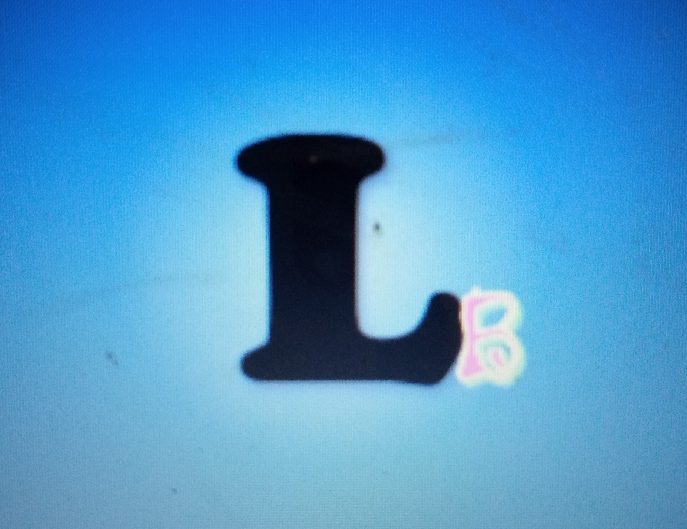The Supreme Court (SC)is undisputedly the highest court in Nigeria(section 6 of 1999CFRN). It seeks to adjudicate dispute between persons, government and its agencies. The SC can be a court of original jurisdiction and that of appeal which is of course the court of final resort (section 232 and 233 of 1999 CFRN). We should however, note that the SC can’t exercise original jurisdiction in criminal matters(section 232(2) 1999CFRN).
When we say a court exercises original jurisdiction, it means that that court can act as a court of first instance, the court can adjudicate on a case freshly(for the first time) and of course when we say an appellate jurisdiction, it means the court can be appealed to when one is not satisfied with the decision of a lower court. Since this has been clarified, I believe I can assume that we all now understand what is meant by Supreme Court having original and appellate jurisdiction. Bear it in mind that the essence of appeal is to allow for justice, hence the reason why SC can’t exercise original jurisdiction in criminal matters. If they do, when a party is dissatisfied, it means there is no court or person the party can appeal to and this will be injustice.
Now to the aspect that concerns us, this is examination of the SC as a court of original disciplinary jurisdiction (ODJ) in the legal profession. This will be examined in three stages, that is: Before 1933, 1934-1962, 1962-Date. Since the SC enrols legal practitioners, it also has power to discipline them and ensure that the public can with confidence employ them to carry out duties and responsibilities(See the case of Re Abuah). Disciplinary action may be taken by Supreme Court, LPDC or the Chief Justice of Nigeria.
A Chief Justice can only suspend while proceedings are pending. Supreme Court and LPDC can suspend, admonish or order the Chief Registrar to strike off the roll the name if such erring legal practitioner. The only difference is that, the decision of LPDC can be appealed against in the Supreme Court while that if Supreme Court is final.
Before 1933
The SC could only exercise disciplinary jurisdiction with respect to lawyers entitled to practice in Britain, Ireland and Scotland and lawyers who served article. During this period, SC had extensive power to discipline members and it was not restricted to any particular misconduct or misbehaviour.
1934-1962
The judicial reform of 1933 left the profession untouched, it only widened the areas where lawyers could represent their clients. Legal Practitioners’ Committee was established by the Legal Practitioners Ordinance of 1933. (Please don’t forget it’s composition of members). LPC was only an investigative panel and could mete out no punishment. It submits its report to the Chief Registrar and the SC eventually impose appropriate punishment after considering the case. It is important to note that the SC was independent of the body, as it could on its own punish an erring legal practitioner. LPC had no disciplinary power and just like before, SC continued to have extensive and wide disciplinary power.
1962-Date
Legal Practitioners Investigative Panel and Legal Practitioner Disciplinary Tribunal were established by Legal Practitioners Act 1962. LPIP took over the role of LPC and submitted its reports to LPDT. If LPIP dismisses a case at the investigation level, such case will not be brought before LPDT. LPDT was an independent body. SC was strip off its extensive and wide disciplinary jurisdiction over legal practitioners.
The Legal Practitioner Act of 1975, merged LPIP and LPDT to become Legal Practitioners Disciplinary Committee(LPDC). An Appeal Committee of the Body of Benchers was established to serve as an appellate body between LPDC and SC, but this body was abolished in 1994. The SC still retained its power of final resort but its extensive and wide original disciplinary jurisdiction was reduced as there was now LPDC, a body that could also mete out punishment unlike like before when the SC was the first and last resort. Also, because of the reforms that took place, the original disciplinary jurisdiction of SC was limited only to infamous conduct in any legal professional respect unlike before when he had jurisdiction in any form of misconduct.
The remaining part of this topic will be treated in the next post, since we don’t intend it to confuse us but make the topic clearer,but it will be nice if you could drop your comments, questions and corrections. Please note that this is just to aid us in understanding the material well and for easy reference, we should still try to read the material.
Special thanks to-Adebajo Fisayo Adekunle
Oyekan Oluwaseun O


The Jurisconsult of our set! Kudos ma’am, this’s am immense service to humanity 🙂
LikeLike
You played a big role boss! And thanks
LikeLike
Wait a sec … why the special thanks o? 0_o
LikeLike
You know why
LikeLike
Methinks it means not.
LikeLike
Ehn,plss let the next post come on time.I think I understand better.I just hope you are considering lecturing after school sha..
LikeLike
Alright ma’am, but lecturing is out of it…lol
LikeLike
This was really helpful,thanks guys
LikeLike
Thanks and you are welcome
LikeLike
This couldn’t have been better.
LikeLike
Thanks boss!
LikeLike
Thanks boss
LikeLike
few people would ever think of such a great service to humanity…
Thanks.
LikeLike
Thanks and welcome!
LikeLike
Thanks boss and welcome
LikeLike
Bimpe, tnx n God bless you
LikeLike
Adeyinka am honoured. You are welcome
LikeLike